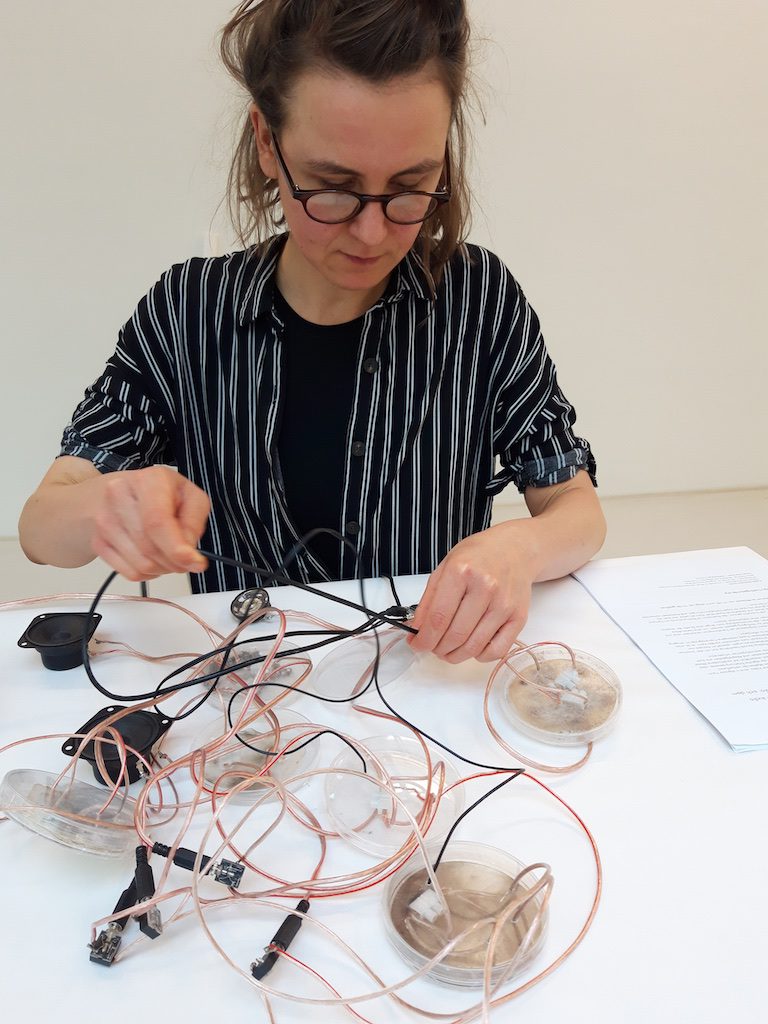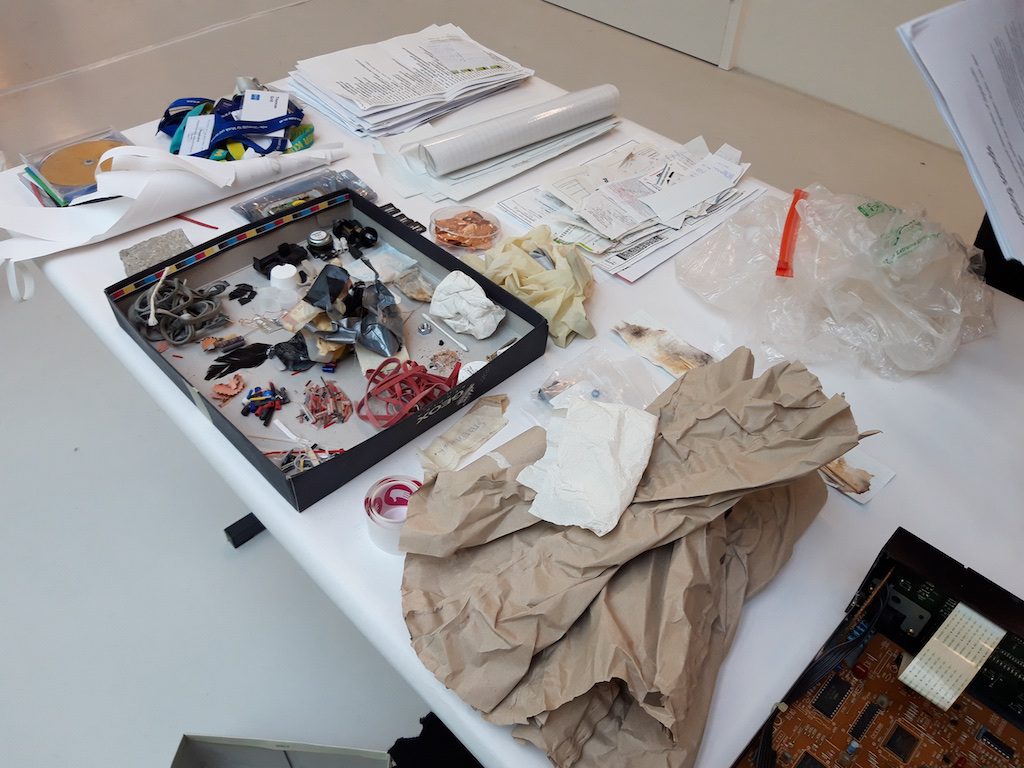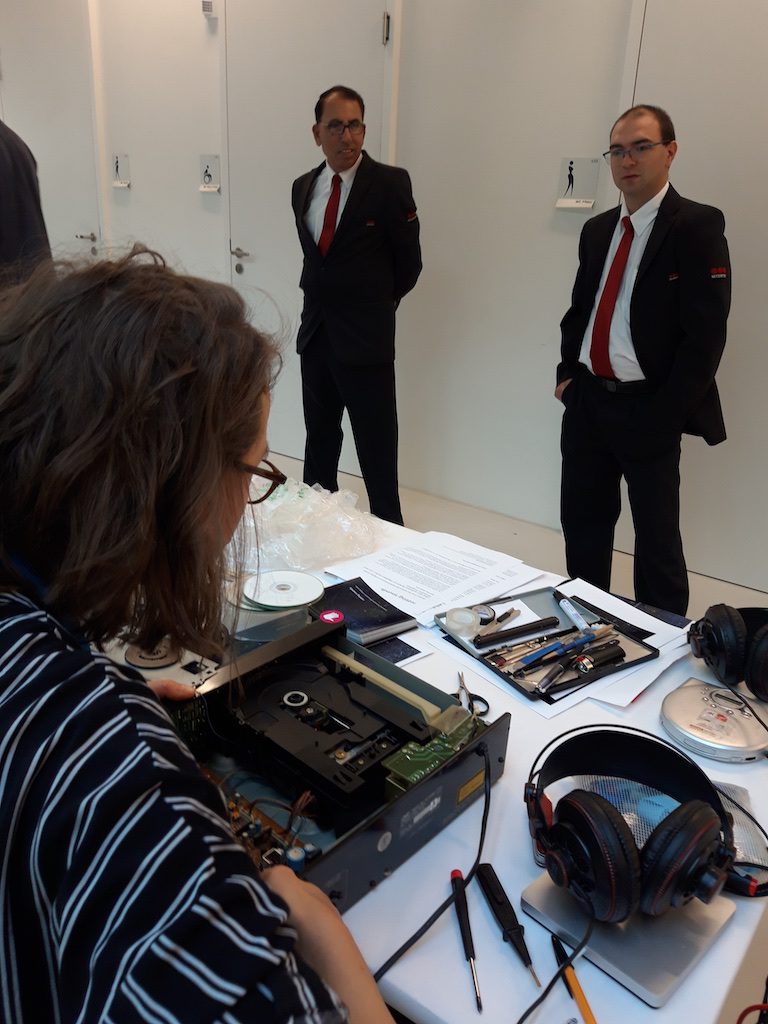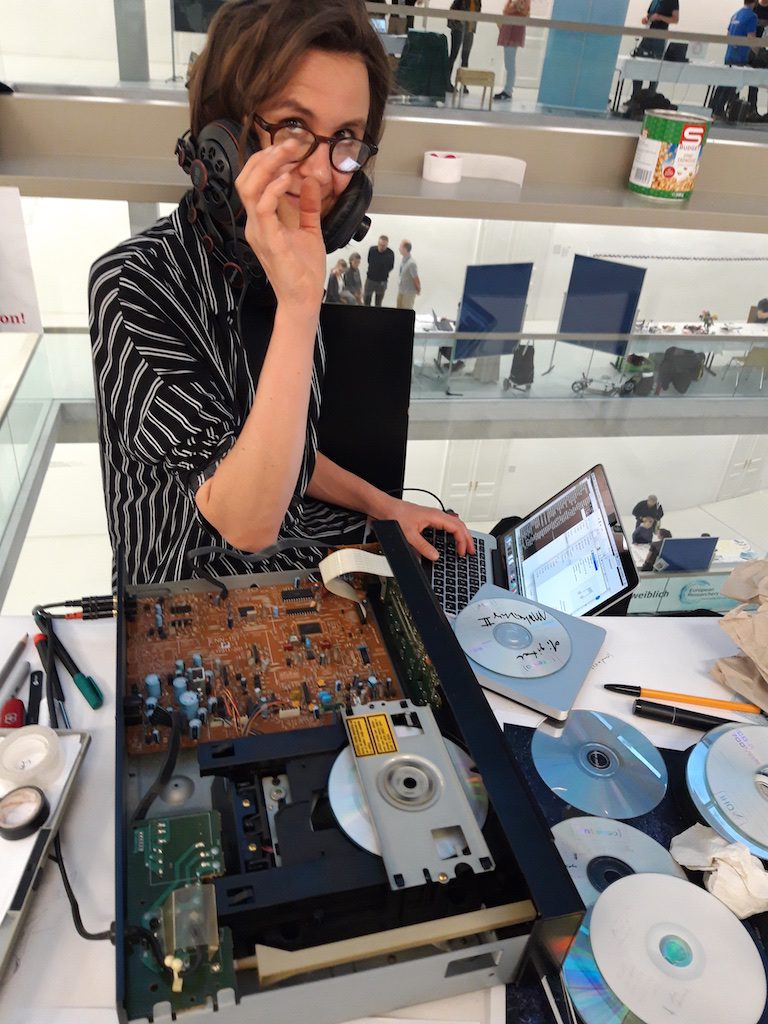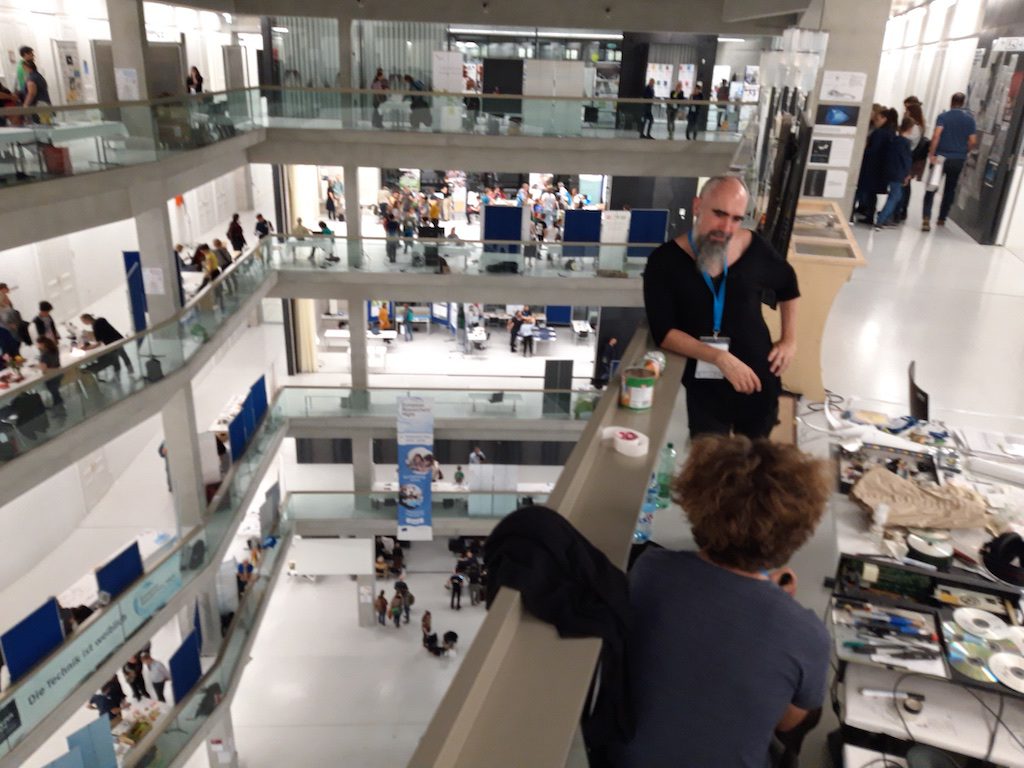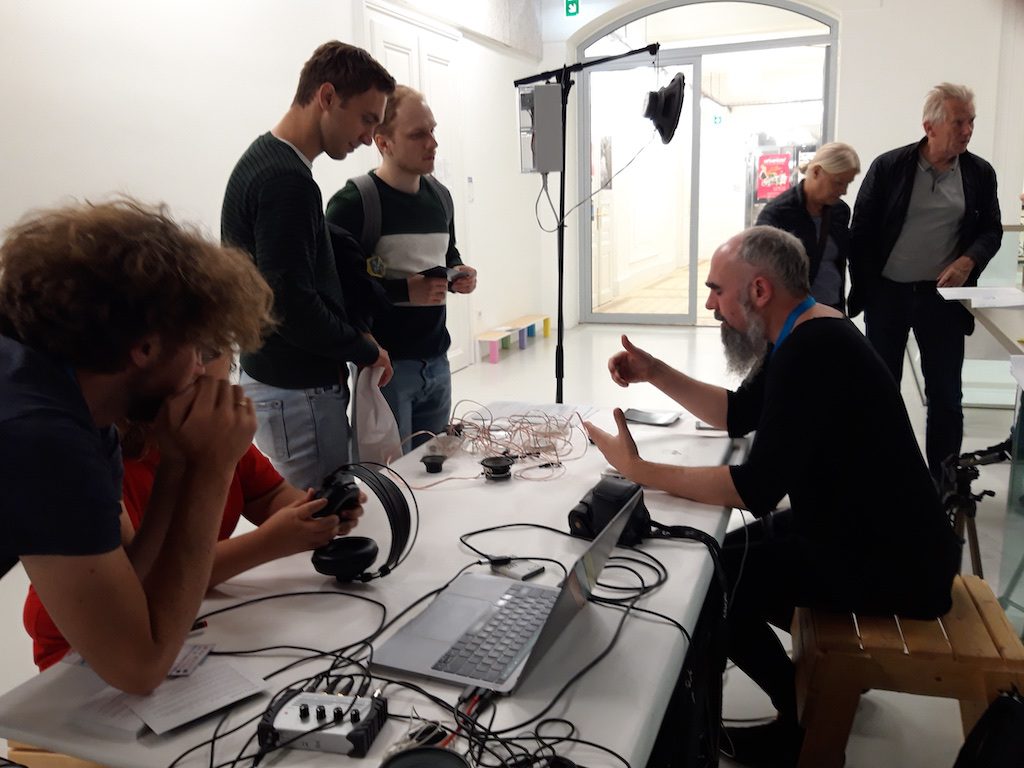Dissemination
faust 1bit audio library at IFC2020
As announced earlier, we (Till Bovermann and Dario Sanfilippo) presented bitDSP, a library for the “faust” DSP programming language to integrate bit-based synthesis, at the International Faust Conference 2020.
Here you can find the corresponding paper as pdf. There’s also a video of the presentation. If you’re curious to use it yourself, feel free to give it a try!
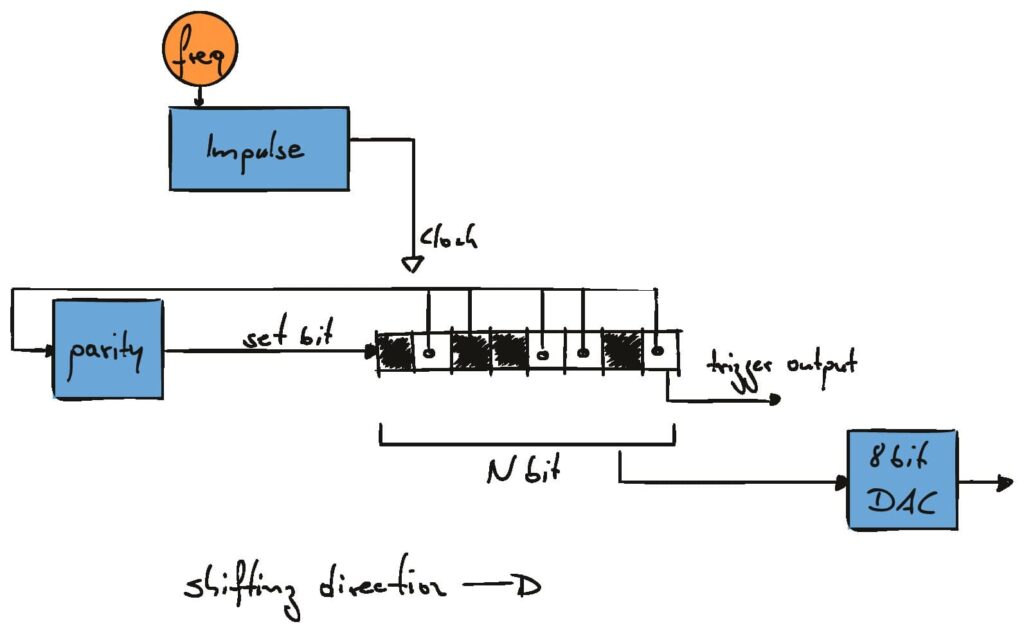
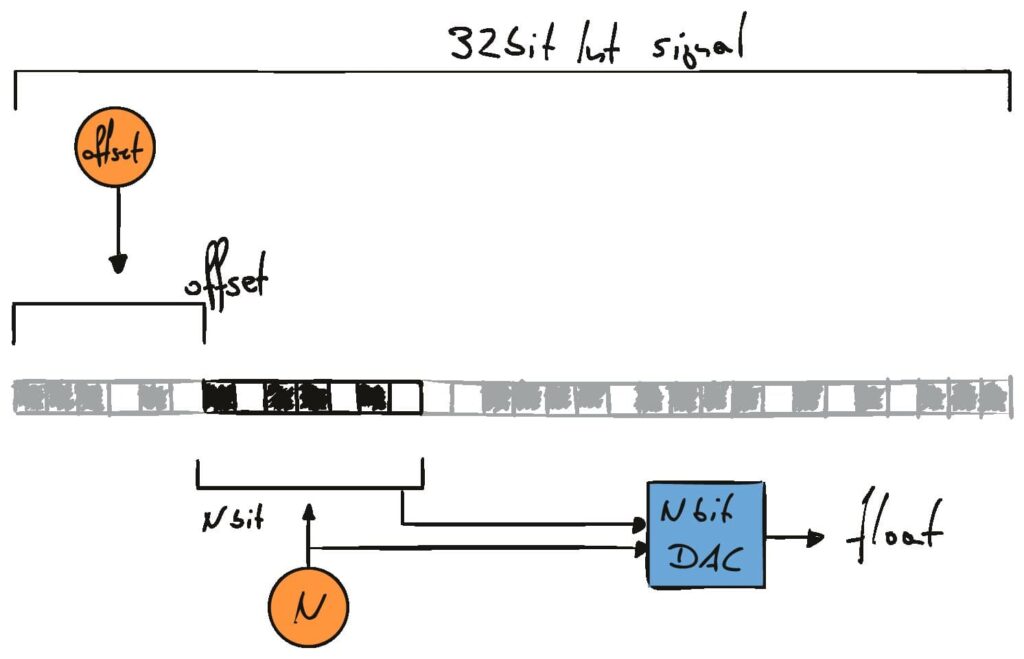


Re_Mole_10, October 26, Reaktor
(S)Low Frequency Orchestra together with Wolfgang Mitterer and Jérôme Noetinger
REAKTOR, Geblergasse 40, 1170 Wien, Austria
26.10.2020, 19:30
Zehn Jahre zu spät feiern wir die Veröffentlichung unseres Albums “Mole” und unterziehen es dabei einer Neubetrachtung.
“Mole” ist aus einer improvisatorischen “Kollision” hervorgegangen, einem ungeprobten und dennoch bühnenöffentlichen Aufeinandertreffen des Low Frequency Orchestra mit Wolfgang Mitterer. Über die Jahre seither blieben manche Eindrücke und Klänge in Erinnerung, vieles wurde vergessen, weiterentwickelt, abgerieben. Im REAKTOR nehmen wir den Faden wieder auf. Wieder wird die Aufführung als Kollision angelegt sein, mit einem weiteren Akteur, dem Tape-Künstler Jérôme Noetinger.
Das Neue ist auch immer ein Produkt des Alten.
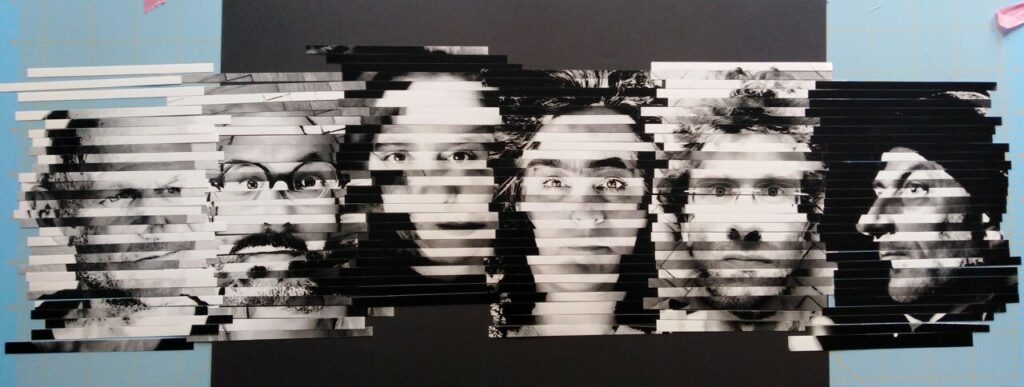
A cooperation between SKE, REAKTOR and Rotting sounds.
Low Frequency Orchestra
Angélica Castelló — Paetzold, tapes, radios
Maja Osojnik — Voice, Paetzold, electronics
Matija Schellander — Kontrabass
Thomas Grill — Electronics
+
Wolfgang Mitterer — Electronics
Jérôme Noetinger — Revox, tapes, electronics
Panel discussion, musikprotokoll 2020 festival
Thomas Grill was invited to take part in a panel discussion together with Reni Hofmüller, Christina Kubisch and Fränk Zimmer, presented by Susanna Niedermayr (ORF Ö1 Zeit-Ton) and hosted by esc medien kunst labor. The festival theme “Hidden sounds” was illuminated from different directions, in our case in the context of the rotting sounds project and the acousmatic composition noise shaping Thomas has presented at the festival the day before.
“Noise Shaping” at Musikprotokoll festival, October 8, Graz
Aloïs Yang & Andreas Trobollowitsch / Rojin Sharafi / Thomas Grill @ Hidden Dome
Thomas Grill gibt mit Noise Shaping einen Einblick in das Forschungsprojekt rotting sounds, das sich mit der Vergänglichkeit von digitalem Klang im sozialen, technologischen und zeitlichen Kontext beschäftigt. Ein zentraler Forschungsgegenstand ist die Repräsentation von Klang als 1-bit-Datenstrom, der die Brücke zwischen digitalen und analogen Signalen schlägt. Der Begriff Noise Shaping steht dabei für den voluminösen Rauschhintergrund, der als Träger der darin verborgenen Klänge verwendet wird. Aloïs Yang and Andreas Trobollowitsch spannen mechanisch erzeugte Klänge in ein komplexes digitales Feedback-System ein; found objects kommen ebenso zum Einsatz wie natürliche Substanzen und performative Raumvermessungen. Und Rojin Sharafi, die ursprünglich aus dem Iran kommt und seit einigen Jahren in Österreich lebt, widmet sich in ihrem Stück der „kulturellen Hegemonie, kulturellen Hybridität und dem kulturellen Überleben“, jenen Stimmen also, die im Kampf um die kulturelle Vorherrschaft gezielt unterdrückt werden. Für ein immersives Klangerlebnis bei Hidden Dome sorgt die 50-Kanal Ambisonics Audioanlage des Dom im Berg, für die die drei Auftragswerke konzipiert wurden.
October 8, 19:30pm
Dom im Berg, Schloßbergplatz, A-8010 Graz
paper at IFC 2020
We will present our work on 1-bit audio at the International Faust Conference 2020 taking place on 1.12.2020 and 2.12.2020 at the Maison des Sciences de l’Homme Paris Nord. Our presentation will be about the bitDSP faust library developed by Till Bovermann and Dario Sanfilippo.
Performance at Sound Campus, Ars Electronica Festival Linz, September 11
Thomas Grill, Till Bovermann and Kathrin Hunze will perform “merge and dissolve”, an audiovisual performance concept in the SOUND CAMPUS program, part of the Ars Electronica Festival 2020.
This performance involves three interactants, two predominantly working in the audio domain (Thomas Grill and Till Bovermann) and one focusing on a visual counterpart (Kathrin Hunze). We generate and exchange streams of 1-bit audio, a signal representation with properties of both the digital and analog domain that we have already been investigating in the artistic research project “Rotting sounds – Embracing the temporal deterioration of digital audio” (FWF PEEK AR445-G24). With simple switchboard matrix devices, we channel such bit streams between the individual performers and through simple processing modules, like delays, logical operators, etc., generating feedback and interferences on the way. These phenomena are made audible and are also mirrored by a visual representation of particle streams, forming directed jets and point cloud aggregations.
11. September 2020 – 20:10 – 20:35
Hauptplatz 6, Glashörsaal D (H6.DG.04)
4020 Linz, Austria
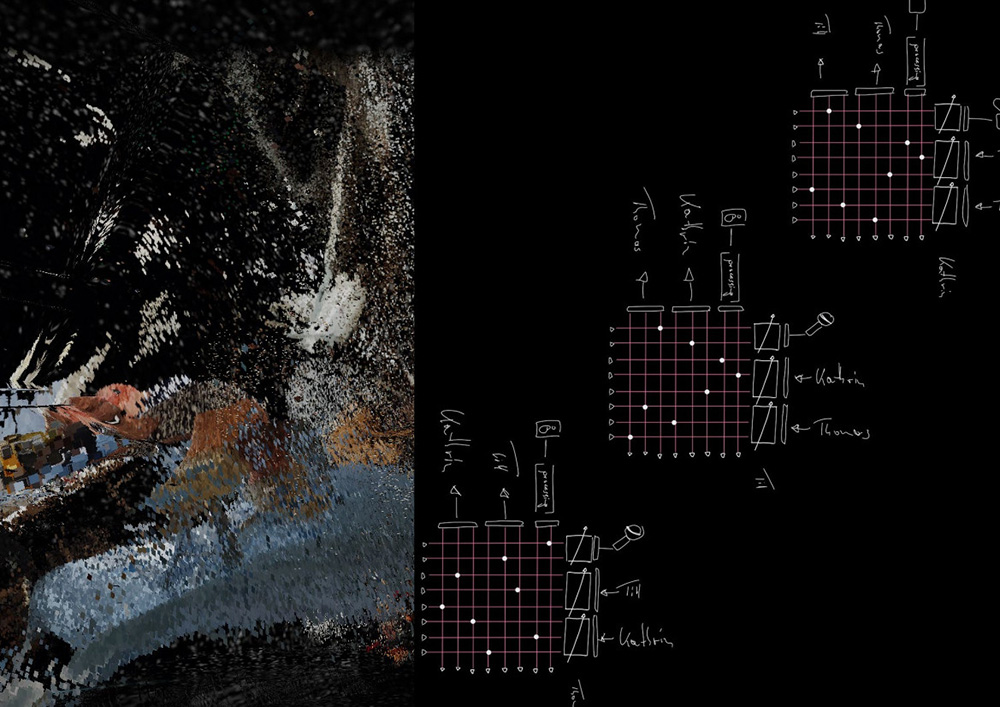
Dust a bit – recordings
The audio-laser installation dust a bit by Klaus Filip is the first of our installations, which – over the duration of more than a year – has eroded to a state which would be commonly described as “broken”, at least from the standpoint of the original concept.
The audio signal is not modulated onto the laser any more, as intended – what is heard is purely collected, amplified noise.
At this point, we will not attempt to repair it because it is already scheduled to upgrade the installation to a fully digital version on the basis of our custom 1-bit audio hardware DADA. We expect this to happen at the end of June 2020.
In the last year, the installation has been restarted a couple of times because the carefully calibrated laser beam tends to wander out of focus by the time. This is most probably due to temperature changes and/or vibrations, causing the mirrors to lose their precise adjustment.
We have prepared timelapse recordings of the sonic developments of the several installation runs – every time several weeks of collecting “dust”. One minute of a time lapse corresponds to a day of operation. Technically, the recordings are concatenated (and cross-faded) 1-minute snapshots taken every 12 hours. The naming of the recordings corresponds to their starting date. Enjoy!
2019-05-07 2019-08-21 2019-09-20 2019-11-07The Wire review of AI x Music festival
Sumit Paul-Choudhury has contributed a review of Ars Electronica’s AI x Music festival to the The Wire magazine’s November edition, featuring our installation Mutual Understanding. It is listed as an exception to the line of presented works quite unrelated to the festival’s theme.
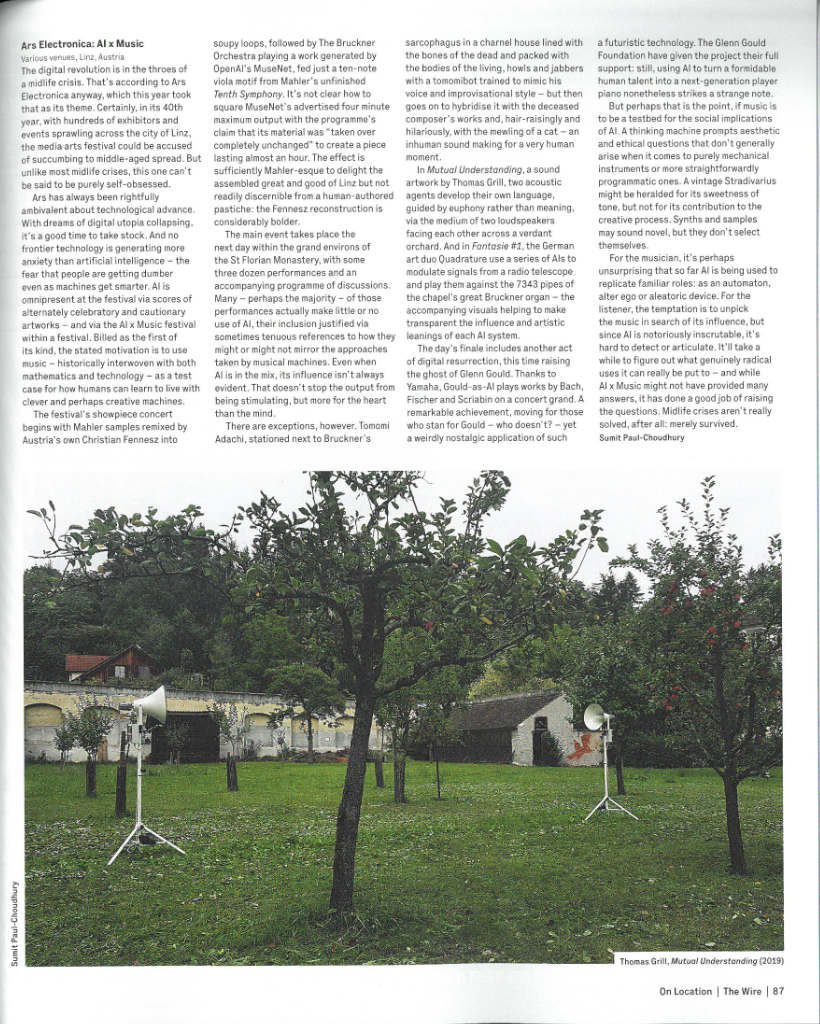
“Fragments” performance evening
Some impressions of the “Fragments” performance evening that took place on October 2, 2019 at the Auditorium for Rotting Sounds, featuring Tobias Leibetseder, Angélica Castelló, Elisabeth Flunger and Thomas Grill.
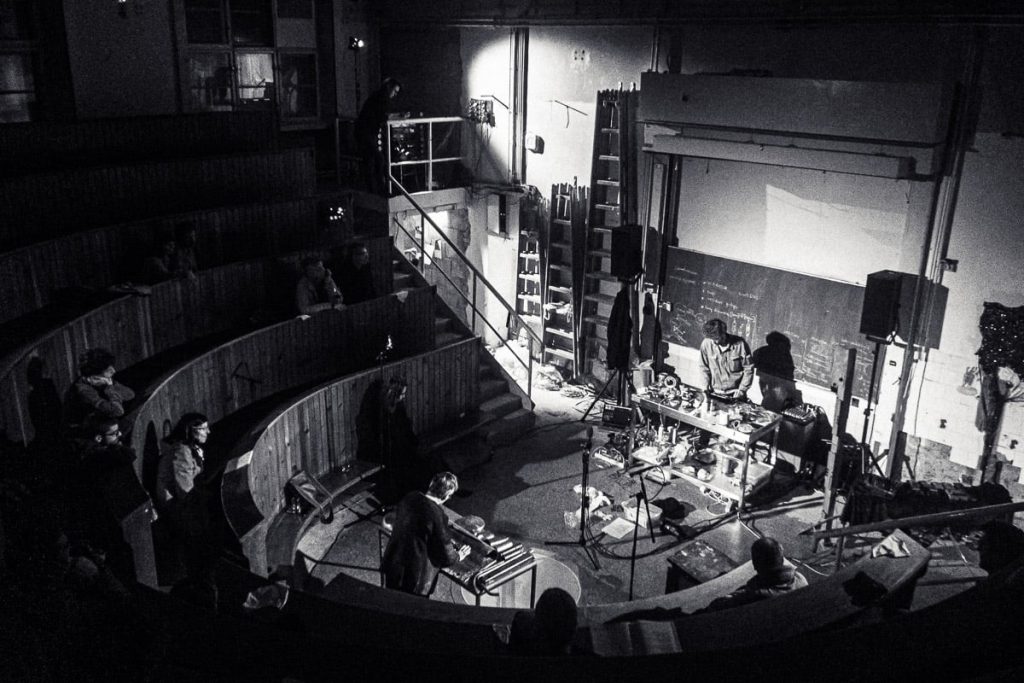
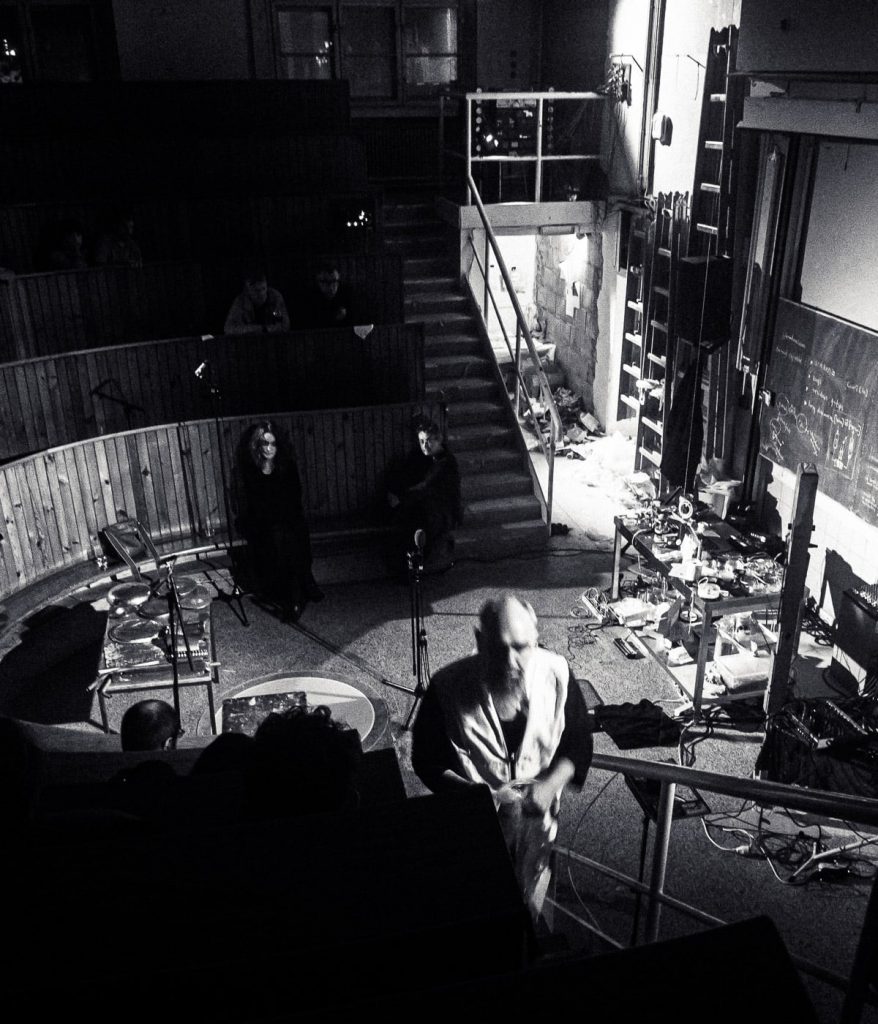
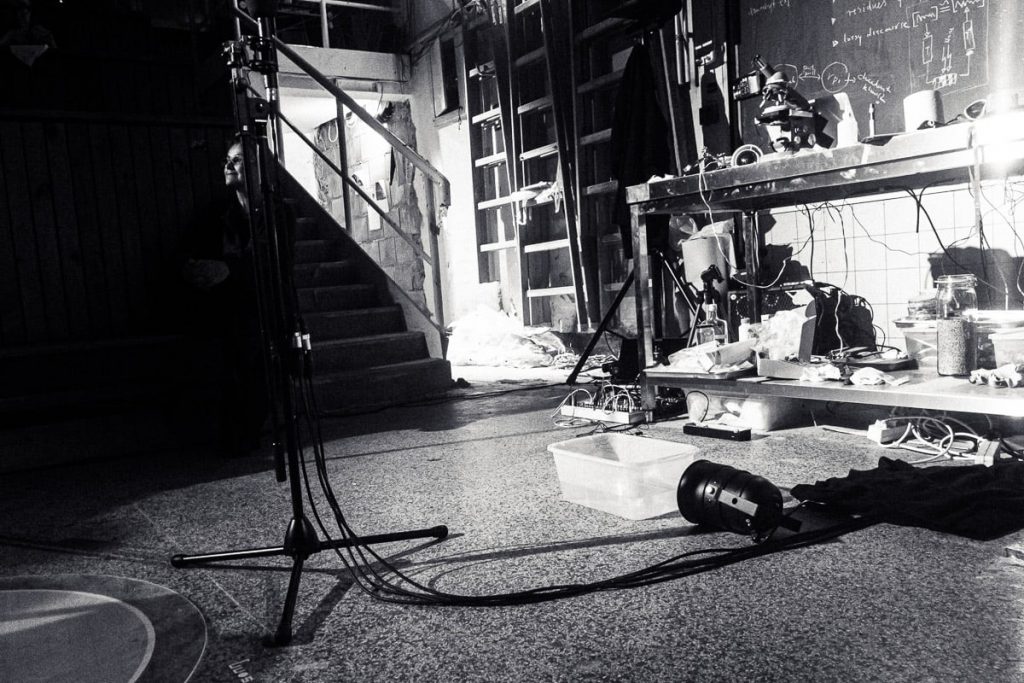
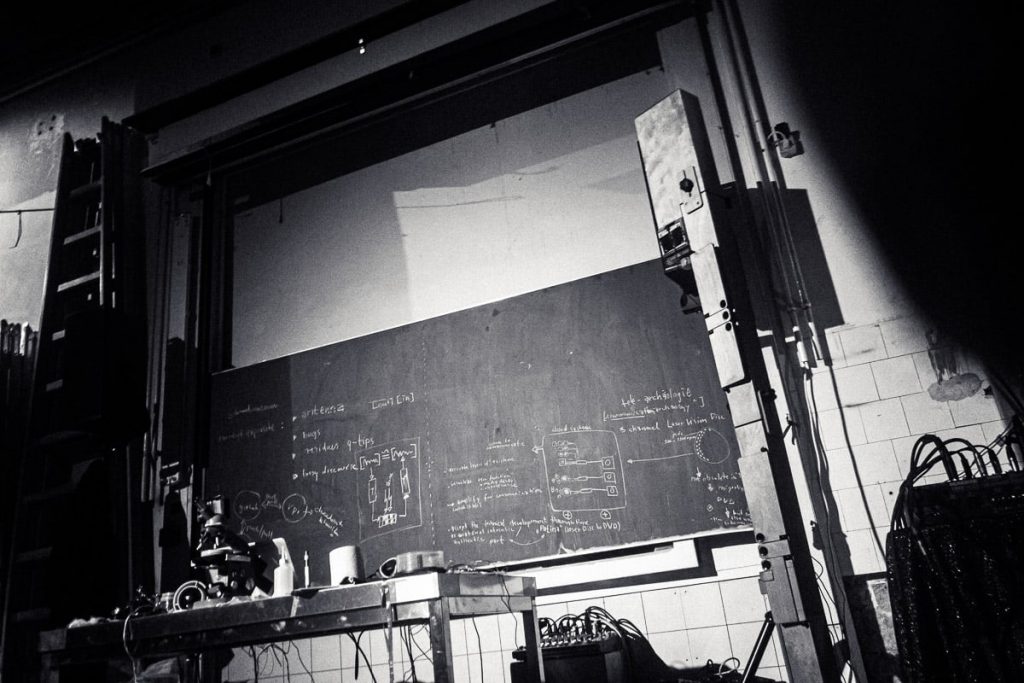
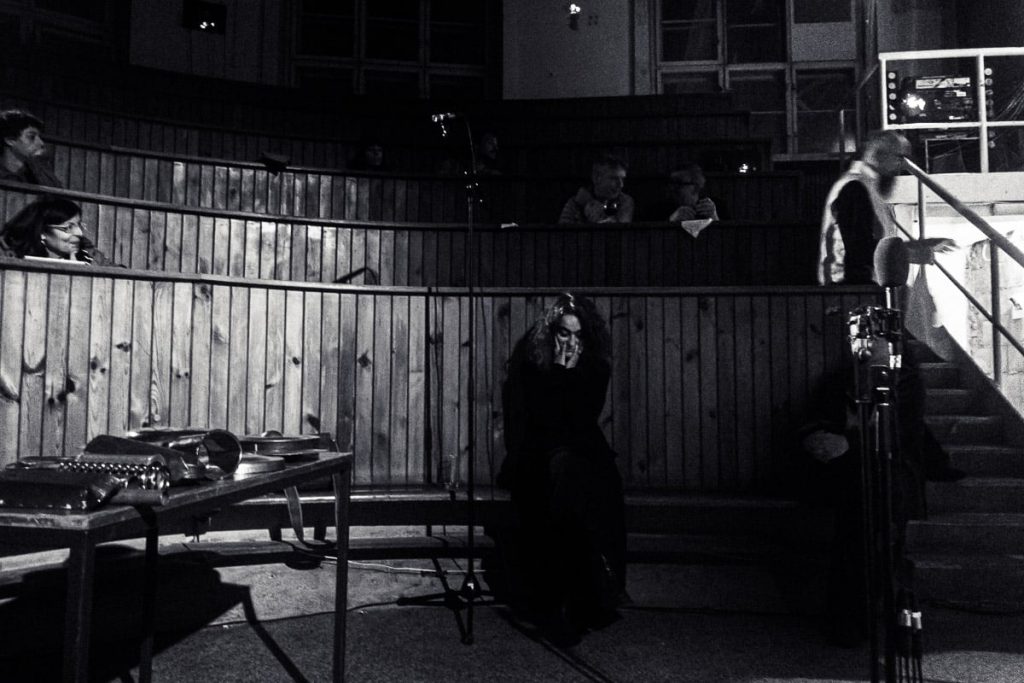
European Researchers’ Night, September 27
We took part in this year’s European Researchers’ Night, showcasing a broad range of research projects at the University of Applied Arts Vienna.
From our ongoing research, we presented a couple of exemplary positions, such as Tobias Leibetseder’s “Fragments“, Almut Schilling’s and Till Bovermann’s “CD-R(ot)“, a part of Almut’s “The Carrier” installation, Till’s take on “Data Forensics”, as well as Thomas Grill’s “Mutual understanding” and “Reference Tone“.
